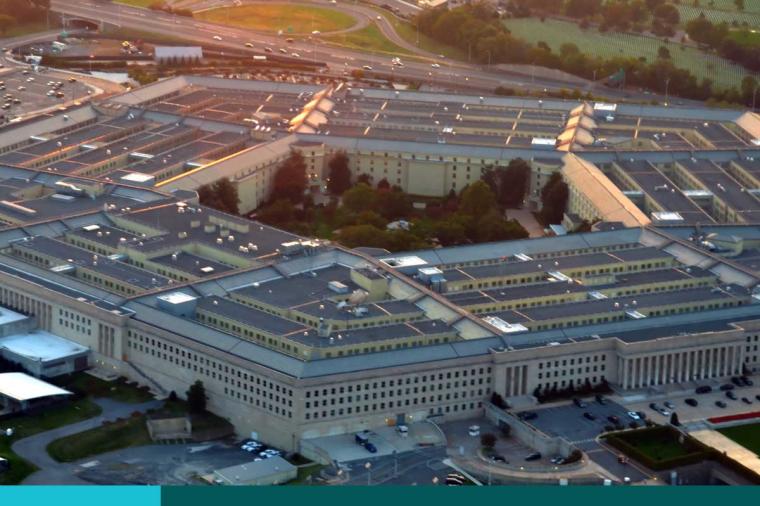The DoD’s Latest Supply Chain Cybersecurity Strategy

The DoD is rolling out aggressive updates to its supply chain cybersecurity framework. If you sell software, services or infrastructure into the Defense Industrial Base (DIB), expect tighter requirements, faster timelines and zero tolerance for compliance gaps. These changes affect your ability to win and keep DoD contracts—especially with new programs like:
- CMMC 2.0: Level 2 assessments becoming mandatory by FY25
- SBOM: Internal and third-party-validated software inventories
- SWFT: A faster, AI-driven process for software approvals
The DoD CIO’s strategy centers on securing the entire vendor ecosystem—not just primes, but also subcontractors, cloud service providers, MSPs and COTS software sellers. If you're in the stack, you're in scope. Now is the time to align with these requirements or risk being left behind.
To lead this effort, the DoD CIO has outlined four core goals:
- Establish centralized coordination, with the CIO overseeing a steering group focused on DIB cybersecurity.
- Strengthen DIB posture through initiatives like CMMC, SWFT and SBOM.
- Prioritize resources and intelligence sharing to secure critical operations.
- Accelerate secure software acquisition through the new Software Fast Track initiative.
Cybersecurity Maturity Model Certification (CMMC)
The Cybersecurity Maturity Model Certification (CMMC) is how the DoD ensures contractors can protect Federal Contract Information (FCI) and Controlled Unclassified Information (CUI). Over 2,600 Level 1 assessments and 300+ Level 2 assessments have been submitted so far, including 65 by certified third-party assessors (3PAOs).
Currently, Level 2 is voluntary, but the DoD will make it mandatory by end of FY25 via a new contract clause. Vendors should prep now—this includes self-assessments and certified third-party reviews.
To simplify compliance, the DoD is also updating DFARS and streamlining rules per the executive 10-for-1 reduction policy. Final CMMC rules are expected by late summer 2025.
For small IT vendors, the Army is piloting programs like ENCODE, along with VDI and turnkey cloud services, to cut compliance costs. The DoD is also working with Cyber AB, an independent partner building a CMMC marketplace with vetted providers.
Software Fast Track (SWFT)
The new Software Fast Track (SWFT) initiative, launched May 2025, aims to replace slow RMF/ATO processes and accelerate software delivery to DoD buyers—especially COTS software vendors (FedRAMP SaaS excluded).
Key features:
- Security reviews occur before software is approved for use.
- Uses AI to detect anomalies and flag risks early.
- Cuts duplication and shortens deployment timelines.
- Implementation plan expected July 2025, including timelines and resources.
DoD has released an RFI for industry input, offering vendors a chance to help shape future risk assessment policies.
Software Bill of Materials (SBOM)
As part of SWFT, vendors must submit:
- An internal SBOM
- A third-party validated SBOM
Discrepancies between the two will be flagged by AI for further risk analysis. SBOMs must provide a complete inventory of software components and dependencies to increase transparency and minimize risk.
To comply:
- Automate SBOM generation and validation as part of your dev cycle.
- Monitor for upcoming DoD RFIs that may detail final requirements.
The DoD is also exploring a standardized SBOM format, possibly modeled after FedRAMP's OSCAL.
The DoD is tightening its supply chain cybersecurity requirements through CMMC, SBOM and the new SWFT framework. These changes affect all vendors in the defense ecosystem. To stay competitive, IT companies must adapt now — invest in certifications, streamline risk management processes, and embrace software transparency. The path to future DoD business runs through compliance, speed and trust.
To get more TD SYNNEX Public Sector Market Insight content, please visit our Market Intelligence microsite.
About the Author:
Toan Le is a Senior Market Insights Analyst on the DLT Market Insights team covering DOD and IC domain-centric trends across the Public Sector.




















